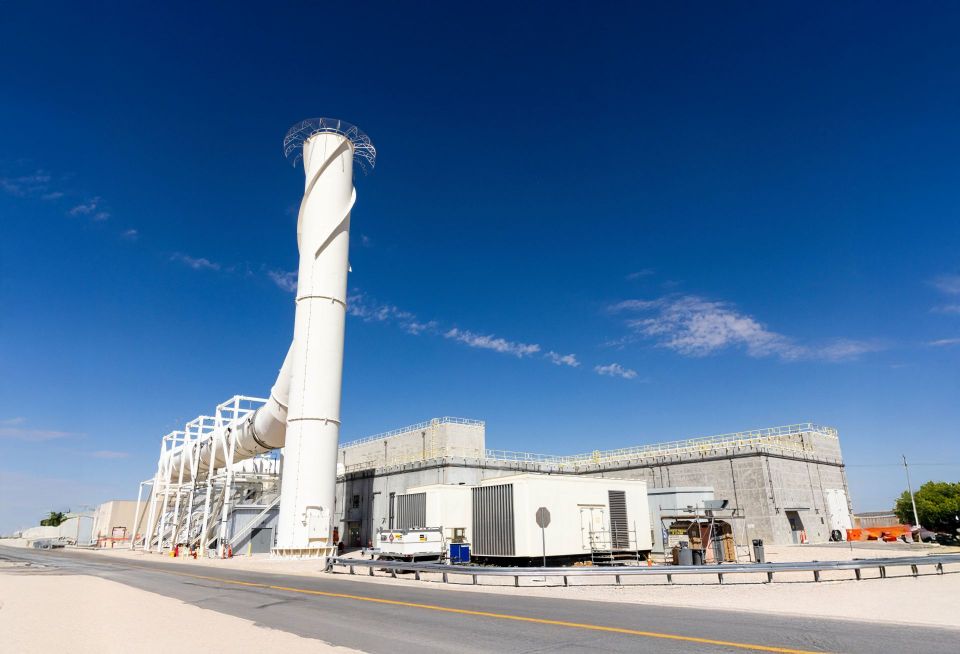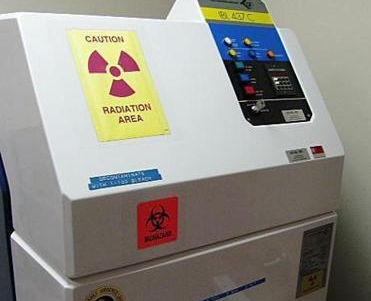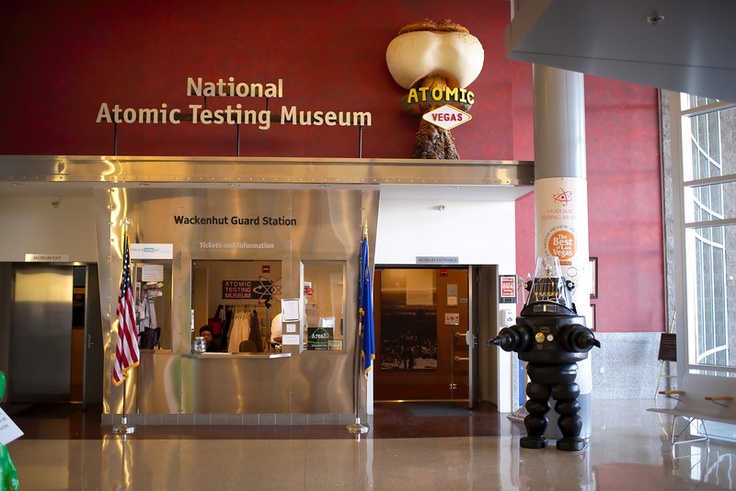HALEU without hyperbole: ANS speaks up for science and transparent risk assessment
The American Nuclear Society recently issued an open letter in support of a science-based approach to the regulation of high-assay low-enriched uranium (HALEU) fuels for commercial nuclear energy, voicing member concerns about hyperbole in a recent article published in Science, which advocated for restrictions on the use of HALEU despite decades of effective safeguards and security. This is not the first time ANS has stepped in to present the measured opinion of its membership on the value and appropriate regulation of HALEU.









